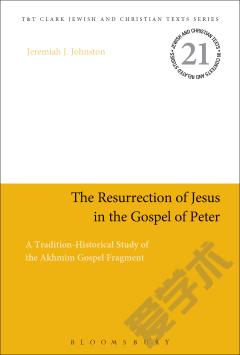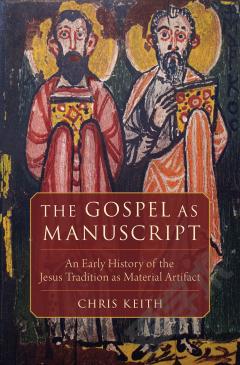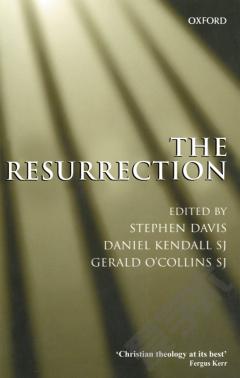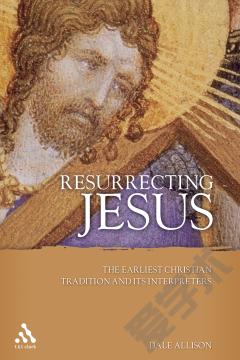The Resurrection of Jesus in the Gospel of Peter —— A Tradition-Historical Study of the Akhmîm Gospel Fragment
----- 彼得福音中耶稣的复活:阿赫姆福音片段的传统历史研究
All four canonical gospels identify the resurrection of Jesus, yet none detail the exact moment of its happening. The absence of this narrative detail was hotly contested in the second century, when critics derided a resurrection account without credible witness. Thus, the discovery of the Akhmim fragment at the end of the 19th century, which purports to provide exactly that detail, is a huge and surprisingly under-utilised addition to Biblical scholarship of the Apocryphal gospels. Johnston examines both the impact of this discovery on the scholarship at the time, and argues for the dating of the fragment to the second century AD. He identifies shared characteristics with other documents from this period, including a rise in anti-semitic feeling, and developments in concepts of the afterlife, and makes a claim for this fragment being the text that aided the development of these movements.The Second Century was the key time in which the non-canonical Biblical texts were established. It was also the era in which theologies which would become 'orthodox' in the third century were penned and defined. The significance, then, of dating the Akhmim fragment to the second century AD is huge. This work will be of great use to scholars of Second Temple Judaism, and those with an interest in the creation of the ideas that surround scholarship of the Bible.
{{comment.content}}








 京公网安备 11010802027623号
京公网安备 11010802027623号